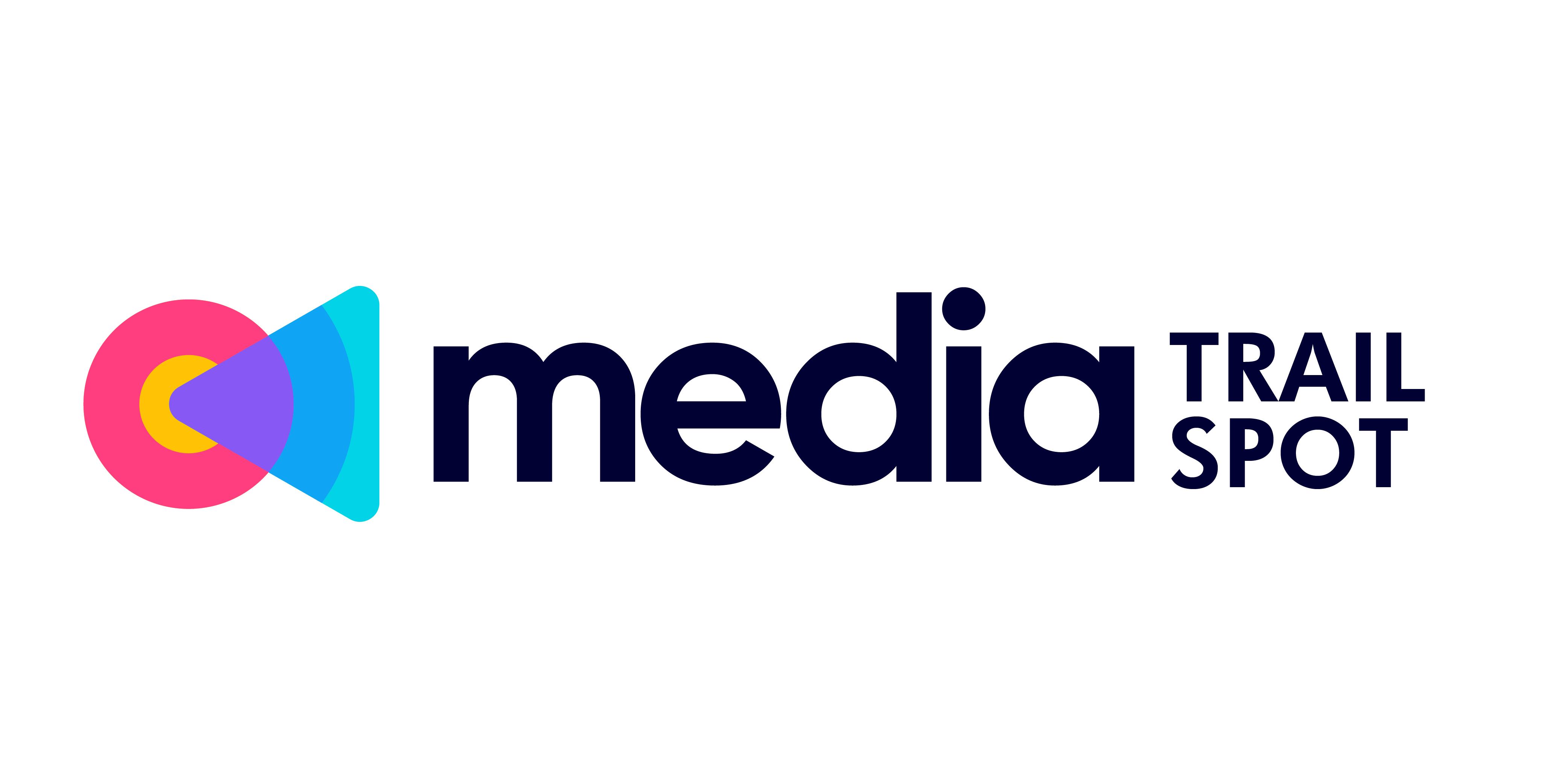Overview
This month in media? Fast shifts and sharper pivots. Streaming giants doubled down on mergers and exclusive content bets. Traditional TV felt the pressure, slashing ad budgets and watching more local stations spin toward digital-first models. Meanwhile, tech didn’t blink—generative AI tools gained ground in everything from scriptwriting to international dubbing. And legal headlines reminded everyone that content ownership is far from settled.
Why it matters? For creators, platform moves affect reach, rights, and revenue. For corporations, the line between tech and media keeps blurring—meaning new risks and bigger data bets. And for consumers? Choice is up, but coherence is down. The landscape’s complex, tiring, and still expanding. The ones who’ll thrive? Those who watch the shifts and stay two steps ahead.
Streaming Services Continue to Rewrite the Playbook
The streaming landscape is evolving rapidly—and 2024 is proving to be a pivotal year. From mergers to pricing shifts, platforms are retooling their strategies to stay ahead of the curve and retain hard-won market share.
Platform Consolidations Are Accelerating
Media conglomerates are tightening their portfolios:
- Smaller, niche services are being folded into larger platforms
- Strategic mergers aim to reduce overhead and unify content libraries
- Consumers are seeing fewer choices, but more bundled offers
This trend reflects a strategic shift toward scale and brand resilience in a crowded market.
Pricing Strategies: From Flat Fees to Dynamic Models
Subscription fatigue is real—and platforms are responding with diversified pricing:
- Ad-supported tiers are gaining traction as cost-conscious consumers push back on rising prices
- Dynamic pricing models (based on region, usage, or screen limit) are being tested
- Annual subscriptions and bundle discounts aim to increase customer retention
In short, flexibility is becoming a competitive advantage.
The Content Arms Race Isn’t Letting Up
Original programming continues to be a key differentiator:
- Flagship series and exclusive films are used to anchor platform loyalty
- International productions are on the rise, fueling global growth strategies
- Content strategies are shifting toward quality and binge-worthiness, not just volume
Mid-Tier Platforms Are Losing Ground
While tech giants like Apple, Amazon, and Netflix continue to expand, mid-tier platforms face mounting challenges:
- Budget constraints limit original content production
- Licenses for third-party content are being reclaimed by parent studios
- Without clear brand value or breakout hits, many are struggling to stay competitive
Tackling Subscription Fatigue
With users juggling multiple services, platforms are getting smarter about sticking:
- Personalized recommendations powered by AI to improve watch time
- Streamlined UI and cross-platform integrations to reduce friction
- Exclusive extras, early access, or member-only features to build loyalty
For a deeper analysis on these trends, check out this feature breakdown: How Streaming Services Are Reshaping Content Distribution
Big Moves in Traditional TV and Cable
Ad budgets are getting smaller, and traditional broadcasters feel it first. Major advertisers are pulling back from linear TV, favoring digital platforms where targeting is sharper and ROI is easier to measure. For legacy networks, that’s a long-term problem: fewer dollars means fewer riskier shows and more recycled content, which only speeds up viewer erosion.
Regional news networks aren’t waiting around. Many are pivoting to a streaming-first model, building leaner, direct-to-consumer operations. It’s not just about survival—it’s about meeting audiences where they already are. These operations tend to be more agile, cost-effective, and better at looped engagement through social tie-ins and app-based experiences.
Meanwhile, live sports and events—the last strongholds of linear viewership—are cracking. Big leagues are making deals with tech giants. Amazon, Apple, and YouTube are coming for Sunday night and primetime. That leaves traditional players scrambling for relevance in a world that no longer needs their gatekeeping power.
Linear TV isn’t dead, but it’s bleeding. And the audience? They’ve already moved on.
Tech’s Growing Role in Content & Distribution
AI isn’t a sidekick anymore—it’s in the writer’s room, the editing suite, and the voiceover booth. This month, several production houses rolled out AI-powered script development tools that suggest plot points based on genre trends and viewer data. Localization is now nearly instant, with neural dubbing models replicating voices across multiple languages while keeping tone intact. Add to that deepfake-free synthetic voice tech, and global content reach looks a lot less expensive.
Licensing is getting a data science upgrade, too. Studios are using algorithms to predict the performance of content in different markets before inking deals. That means fewer gut-based gambles, more targeted investments. It’s chess, not checkers, with catalog mining and performance modeling at the helm.
Meanwhile, cloud-based production pipelines are quietly becoming standard. Remote teams can shoot, edit, and finalize pieces entirely in-browser. For small teams and independent creators, that cuts overhead and accelerates delivery. It’s not just convenient—at this point, it’s expected.
Legal and Policy Headlines
The legal side of media isn’t just background noise anymore—it’s driving front-page disruptions.
Recent court rulings around copyright have creators and companies on edge. A U.S. appeals court decision in late Q1 ruled that AI-generated works without meaningful human input can’t qualify for traditional copyright protection. That’s a line in the sand for content ownership and accountability in the era of generative tools. Meanwhile, remix and reaction content is under fresh scrutiny, with several takedown lawsuits gaining traction globally—spotlighting the blurred boundary between commentary and copyright infringement.
Censorship is also leaning global. Several countries are tightening content regulation in the name of national interest or cultural preservation. India and Indonesia have pushed new mandates around platform takedown timelines, while parts of Europe challenge multilingual moderation standards. For vloggers and digital journalists, this means playing defense across a fragmented regulatory map.
Then there’s generative AI—the tool everyone’s using, and policymakers are chasing. As governments scramble to regulate deepfakes and synthetic content, industry lobbying has picked up. Tech giants and creator advocacy groups are backing different versions of AI disclosure mandates. Expect to see louder debates over how transparent tools must be, especially when monetized content is involved.
It’s a fast-evolving picture. If you’re making or distributing content in 2024, it’s not enough to just be creative. You need to be legally aware—and flexible.
Creator Economy Watch
The creator economy isn’t slowing down—it’s leveling up. Major platforms rolled out new monetization tools this month, all aimed at tightening the loop between creators and their most loyal audiences. YouTube doubled down on fan-funded features like Super Thanks and Channel Memberships, while TikTok’s revamped Creator Rewards Program puts more weight on watch time over raw views. Substack and Patreon are also quietly scaling, as more creators lean into diversified income without platform middlemen.
Short-form content still dominates feed real estate, but a noticeable shift is happening: creators want stickier relationships, and short videos alone aren’t cutting it. More are experimenting with mid-length formats (3–10 minutes), often serialized or built around consistent themes. Loyalty, not just virality, is becoming the goal.
Another headline: creator unions. No longer a fringe concept, they’re gaining traction globally, especially around fair pay, clearer algorithms, and better contract terms. While still early, this momentum is forcing platforms to start listening—or at least pretending to. Independent doesn’t have to mean unsupported.
For creators, the message is clear. Know your worth, build based on connection—not just clicks—and keep your eyes open as the landscape keeps shifting.
Bottom Line
Whether you’re running strategy at a media conglomerate or building an audience on your own terms, the message is the same: adapt or get left behind. The landscape is moving faster than ever. AI tools are streamlining production. Distribution is shifting beneath our feet. Monetization keeps evolving. If you’re not plugged in, you risk irrelevance.
But speed isn’t the only factor. Focus matters. The players who thrive will be the ones who sharpen their edge—leaner operations, smarter content pipelines, deeper audience connection. That means embracing useful tools without losing your voice. Following trends without ditching substance. Streamlining, not coasting.
Don’t get distracted by noise. Keep your stories sharp. Keep your operation tight. Keep moving.


 Syvanna Kelricsona, co-founder of mediatrailspot blends her expertise in design, user experience, and emerging technology to deliver impactful content. She is passionate about showing how innovation in web and mobile platforms shapes the future of communication and creativity.
Syvanna Kelricsona, co-founder of mediatrailspot blends her expertise in design, user experience, and emerging technology to deliver impactful content. She is passionate about showing how innovation in web and mobile platforms shapes the future of communication and creativity.

